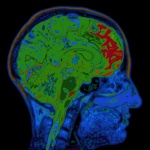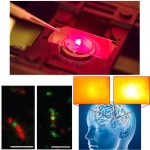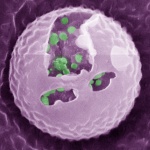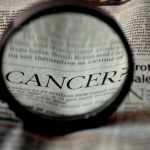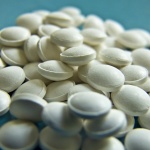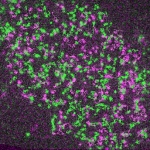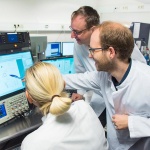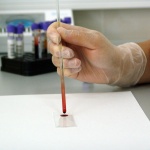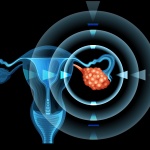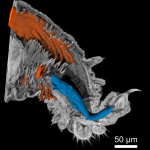
News • Innovation
Novel Nano-CT magnifies tiny velvet worm legs
Computer Tomography (CT) is a standard procedure in hospitals, but so far, the technology has not been suitable for imaging extremely small objects. In PNAS, a team from the Technical University of Munich (TUM) describes a Nano-CT device that creates three-dimensional x-ray images at resolutions up to 100 nanometers. The first test application: Together with colleagues from the University of…



